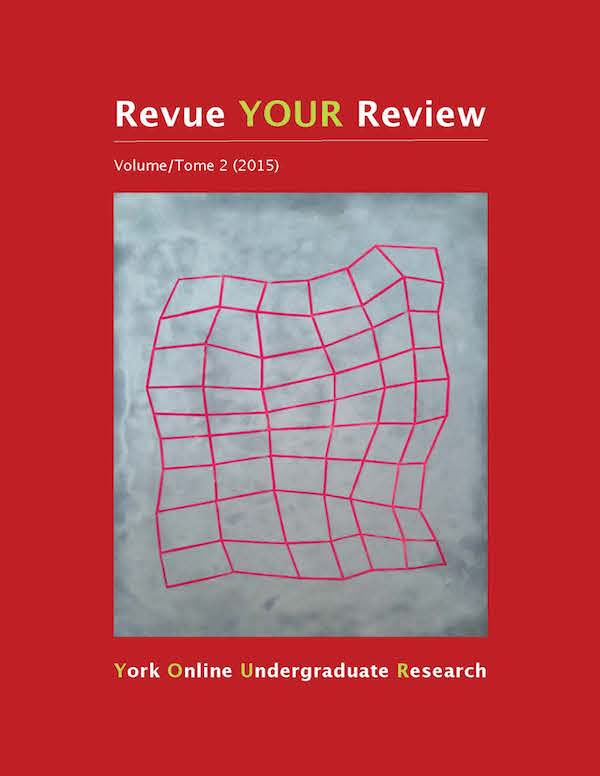Candidate Spending in the 41st Election and its Implications
Résumé
Elections are an expensive exercise of democracy, often requiring vast amounts of money to fund candidates, parties, and officials, etc., to make the system work. However, this very same process can affect voter behaviour and eventual election results. Using the 2011 Canadian Federal Election, I compiled the financial data of all candidates from the three major federal parties (Liberal, Conservative, and New Democratic) from the Elections Canada database and investigated who gave money (how many donors, and how much was the average donation), how much in loans the candidates took out, and how much they spent. I then assessed the data’s correlation to winning, as well as external influences such as media, geography, Canadian federal laws on election spending, and other intangible qualities such as a candidates’ likability.
Evidently there were a few problems with the methodology, among the presence of “outliers” (candidates who spend excessively higher or lower than average), which may skew the results. There were also a few cases where candidates did not disclose their finances (such as Nancy Charest).
In the end, one can conclude that money donated and spent makes a slight difference in the election results. However, there are other factors which affect a candidate’s chances outside of money: 1) Perception of candidate/party/leadership; 2) Candidates’ background (race, gender, locale); 3) Media coverage and “spin”; 4) Incumbency; 5) Geographical location of the riding; 6) Demographic makeup of the riding.
Téléchargements
Comment citer
Numéro
Rubrique
Licence
Les auteurs qui contribuent à la Revue YOUR Review acceptent de publier leurs articles selon une des trois catégories de la licence 4.0 : Creative Commons Attribution 4.0 International; Creative Commons Attribution-Pas d'Utilisation Commerciale 4.0 International; ou Creative Commons Attribution-Pas de Modification 4.0 International. Tout contenu éditorial de ce site ainsi que les affiches et les résumés sont sous la licence Creative Commons Attribution-Pas de Modification 4.0 International. Pour plus d’informations, veuillez voir :
https://creativecommons.org/licenses/
Dans tous les cas, les auteurs conservent leurs droits d’auteurs et concèdent à la Revue YOUR Review le droit de première publication. Les auteurs peuvent, par la suite, conclure d’autres accords de distribution non exclusifs de la version publiée dans ce périodique (par exemple, l’afficher à un dépôt institutionnel ou le publier dans un livre ou dans un autre périodique) à condition que la reconnaissance fasse mention de la publication originale dans la Revue YOUR Review.


